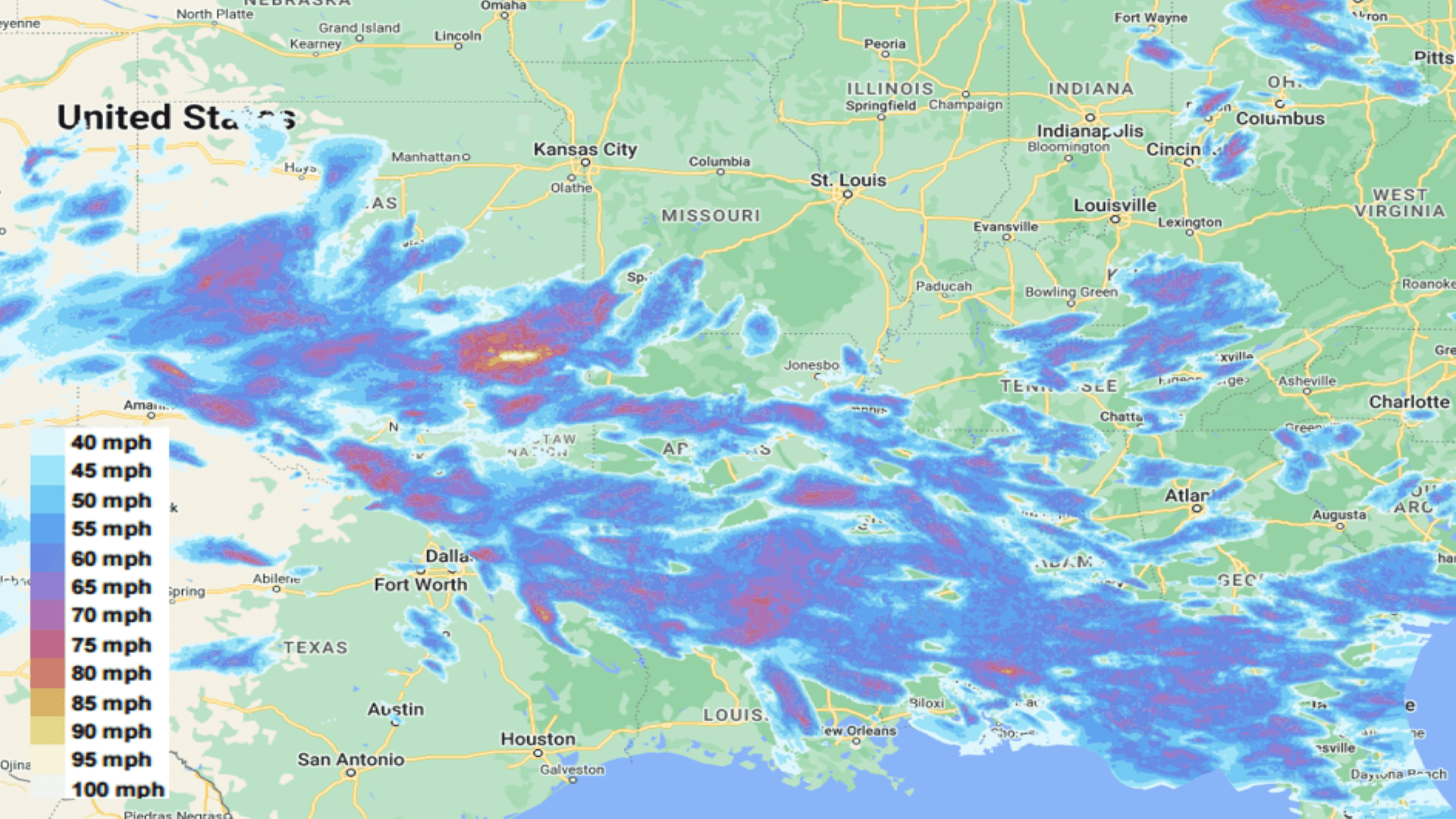
Severe thunderstorm activity from June 11-15 brought strong straight-line winds, record-sized hail, and tornadoes, causing substantial damage to property across the United States. Wind speeds in excess of 100 mph and hail greater than four inches in diameter were recorded in Denton County, Texas.
CoreLogic estimates that the straight-line winds and hail from June 11-15 caused between $7 and $10 billion in insured losses.
This loss estimate encompasses hail damage and straight-wind damage and was enabled by CoreLogic’s weather monitoring technology, which allows for comprehensive tracking of all losses from severe convective storm events.
This loss estimate includes damage to residential, commercial, and industrial property, as well as automobiles. The estimate also excludes damage to infrastructure such as roads, utilities, and governmental facilities. Hail alone is estimated to make up 95% of losses from this event, making it one of the biggest hail losses in history.
Severe Thunderstorm Straight-Line Wind and Hail Maps
The week-long composite straight-line wind and hail swath maps are provided in Figure below.
The straight-line wind and hail maps above are powered by CoreLogic Weather Verification Services (WVS).
CoreLogic WVS combines the best aspects of point observations — providing a high degree of accuracy — and radar technology, high-resolution patterns.
Composite Straight-Line Wind and Hail Maps from Severe Thunderstorms, June 11 – 15

Proprietary algorithms generate wind speed maps with a high degree of geographical precision at neighborhood-level detail (500-meter resolution). These digital tools offer 100% coverage of the continental U.S.
Generally, a hail storm is a vertical load that causes severe damage to roofs, walls, and openings, such as skylights, windows, and doors.
According to an evaluation of property insurance claim data in Dallas-Fort Worth, written by Brown et al., 2015 and cited in CoreLogic’s U.S. Severe Convective Storm Model documentation, damage to roofs accounted for 91.7% of the total number of claims during the hail storm that prompted the study. Damage to walls, doors, and windows accounted for a combined 2.3% of the total number of claims from the same event.
Roofing material factors heavily into whether a hail storm will damage a property’s roof. According to Brown et al., 2015, asphalt shingling has a hail diameter size damage threshold of one inch. Concrete tiles have a hail diameter size threshold of two inches.
Additionally, roofs can be rated for impact resistance on a scale of one to four, with roofs of a higher rating being more resistant to hail-related damage.
Not all properties within the hail swaths sustained damage. Additionally, the degree of damage to structures may vary, as a damaged structure may not have incurred a total loss equal to the full RCV. The number of damaged properties will be a subset of the total homes within the hail swaths.

 by
by 


